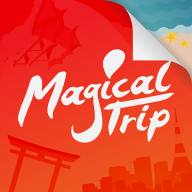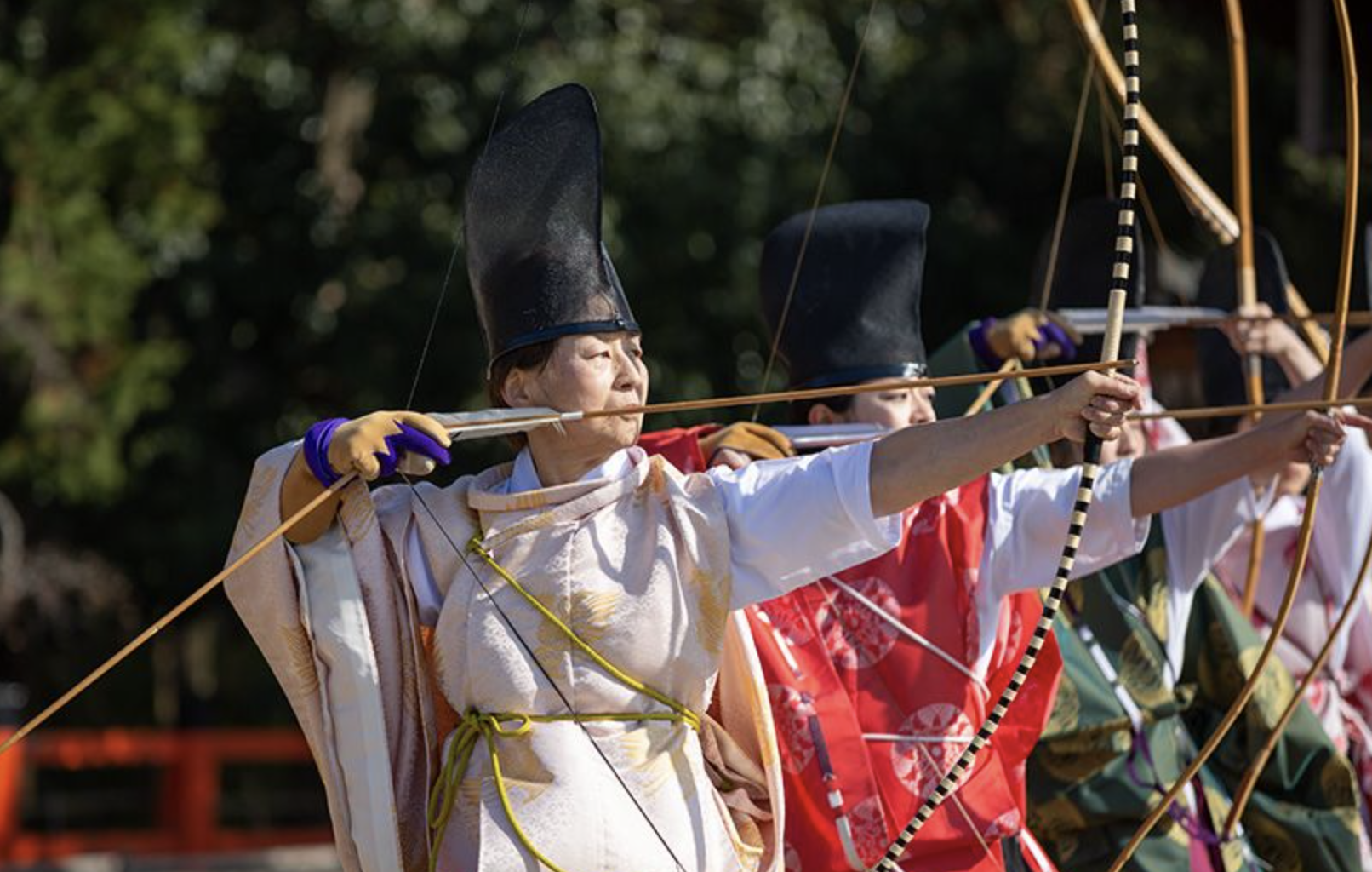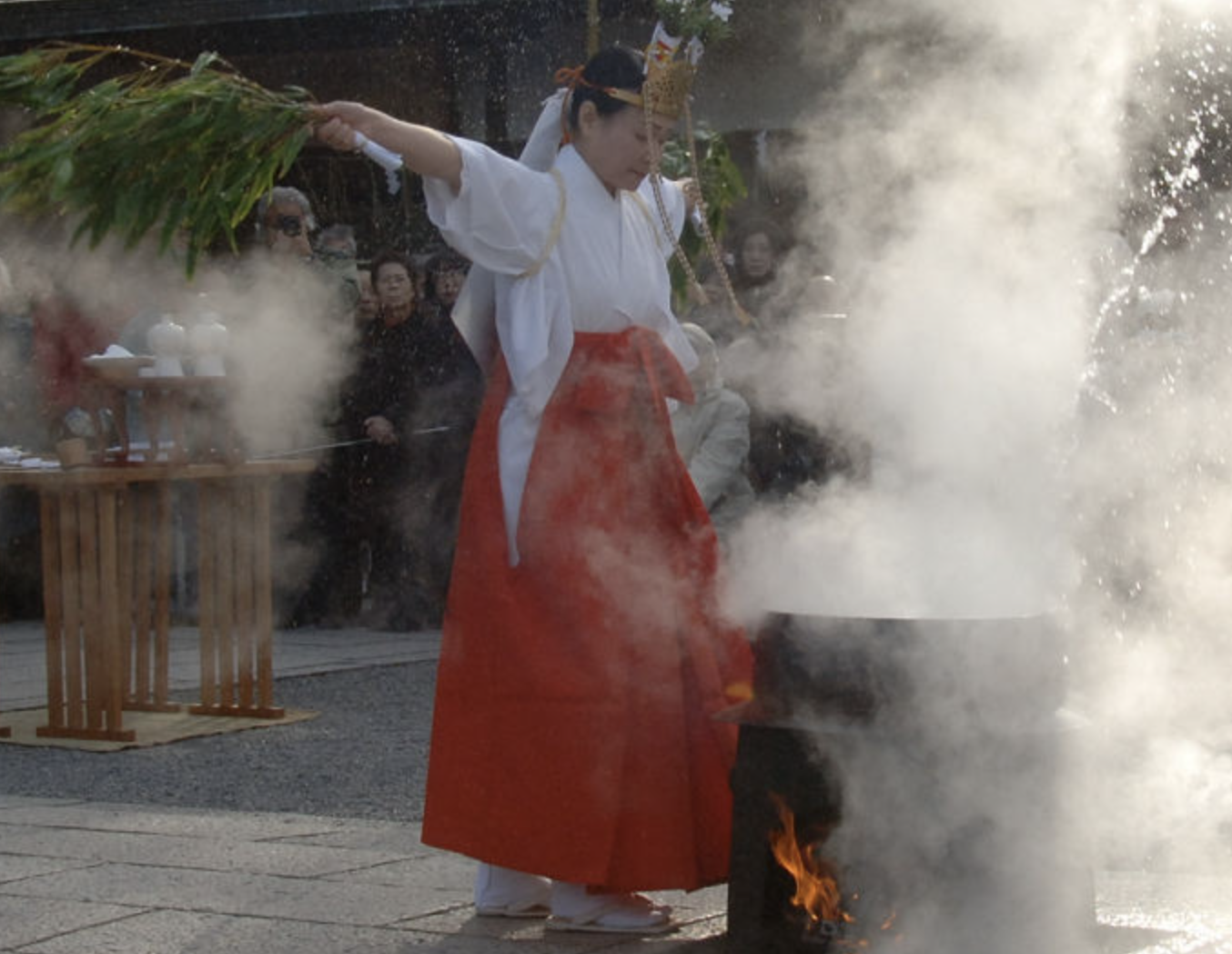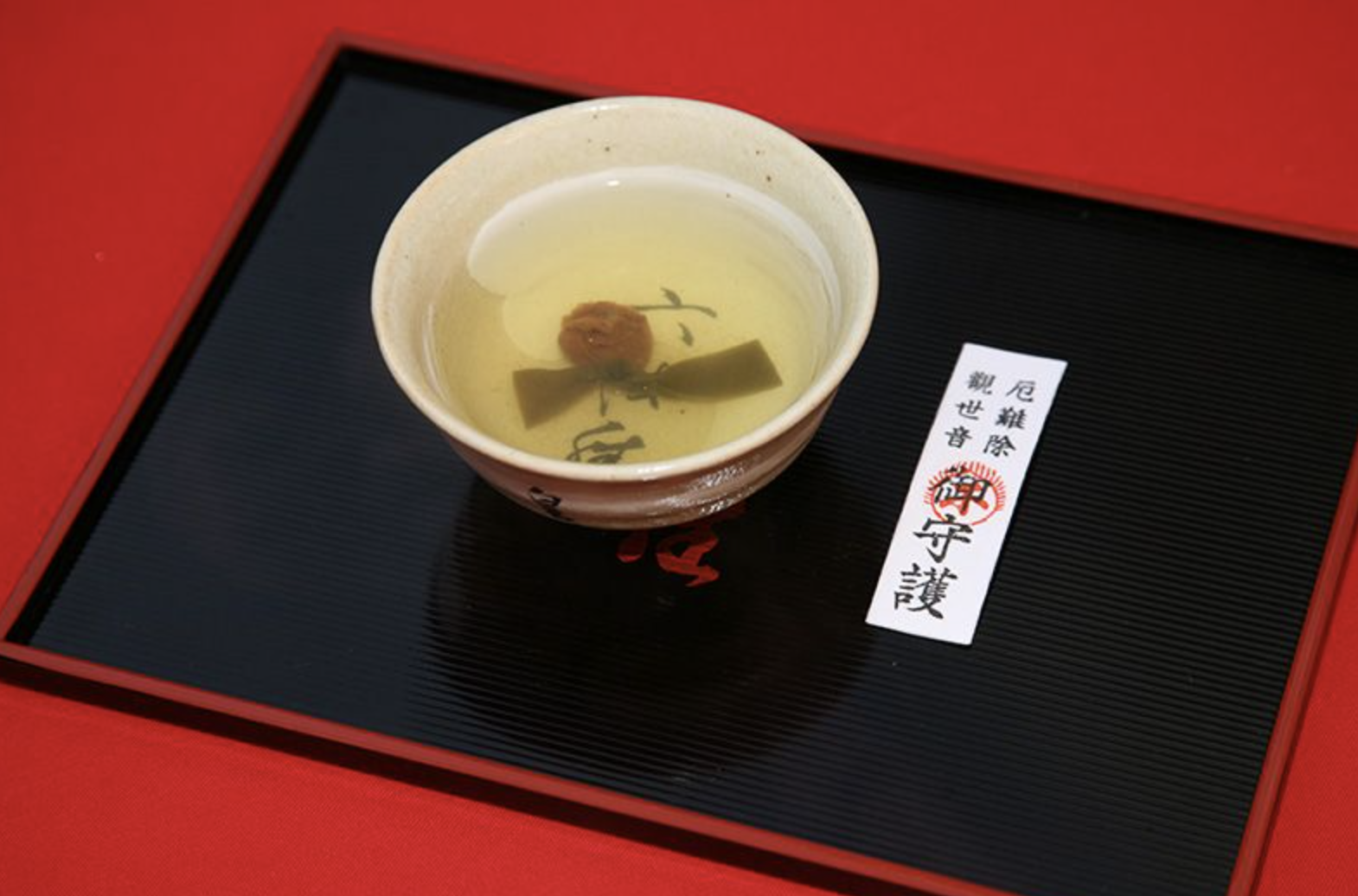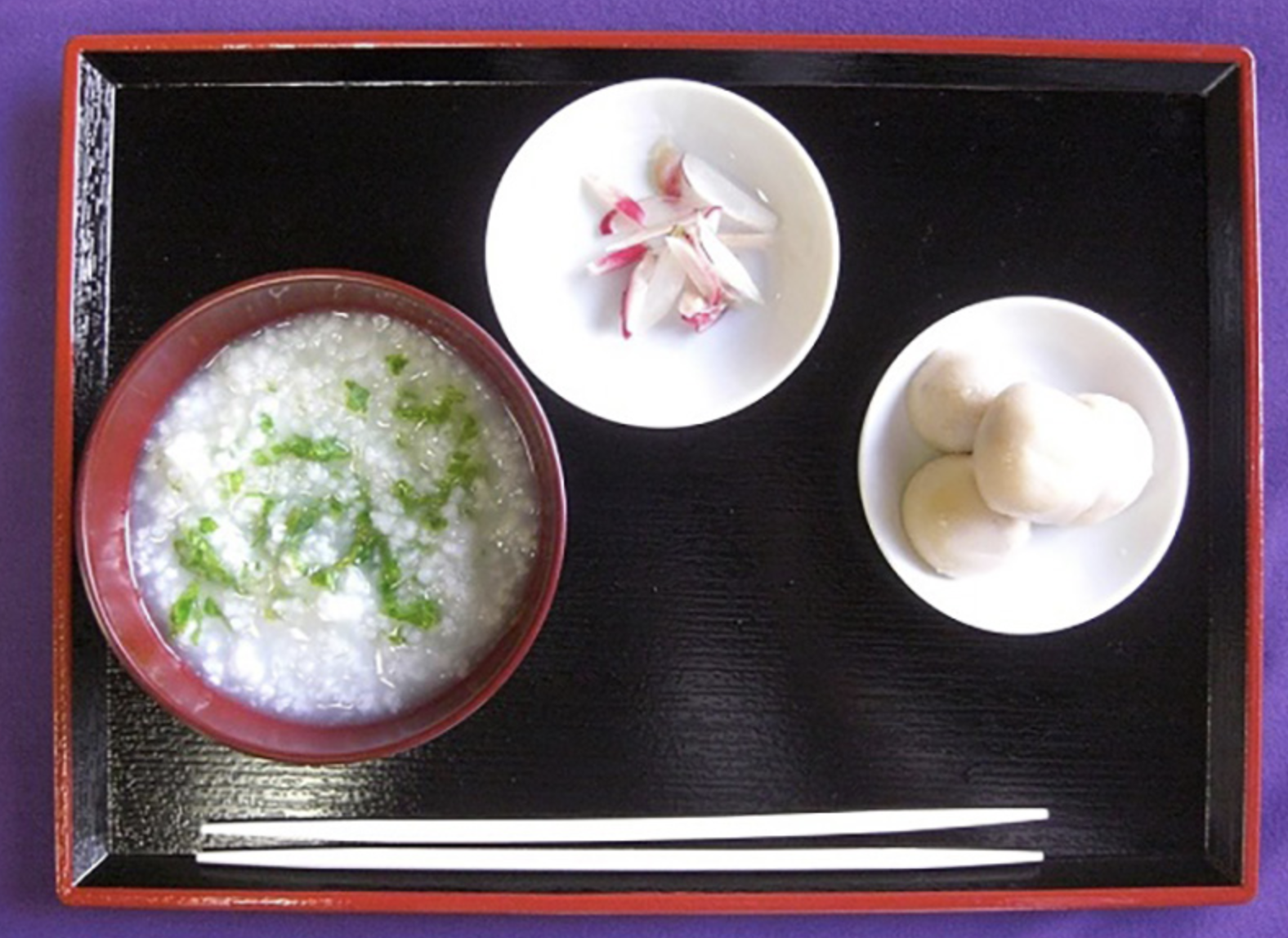Kyoto, known as the center of traditional Japanese culture, is wrapped in a special charm in January 2025.
During this time of welcoming the New Year, Kyoto is filled with vitality from traditional events and festivals that have been passed down through the ages. Starting with hatsumode, various events such as the Seven Lucky Gods pilgrimage, the archery ritual, and the boiling water ritual are held throughout the city. You can also enjoy unique New Year's food culture.
In this article, I'll introduce you to traditional events and food culture that you can experience in Kyoto in January 2025. I hope you enjoy the New Year's appearance of Kyoto, where history and tradition intertwine!
Since many events haven't been announced at the time of writing this article, I plan to update it regularly. If you're planning to visit Kyoto in January 2025, I strongly encourage you to bookmark this page.
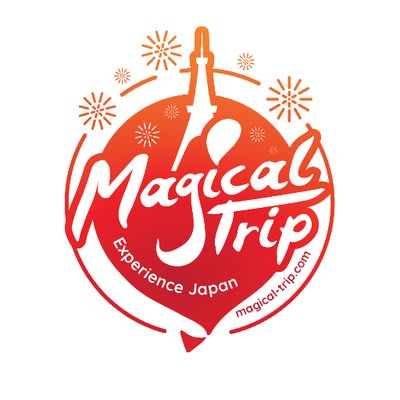
If you are interested in Autumn in Kyoto, check the article below! I summarized how and where you can enjoy Autumn in Kyoto as much as possible.
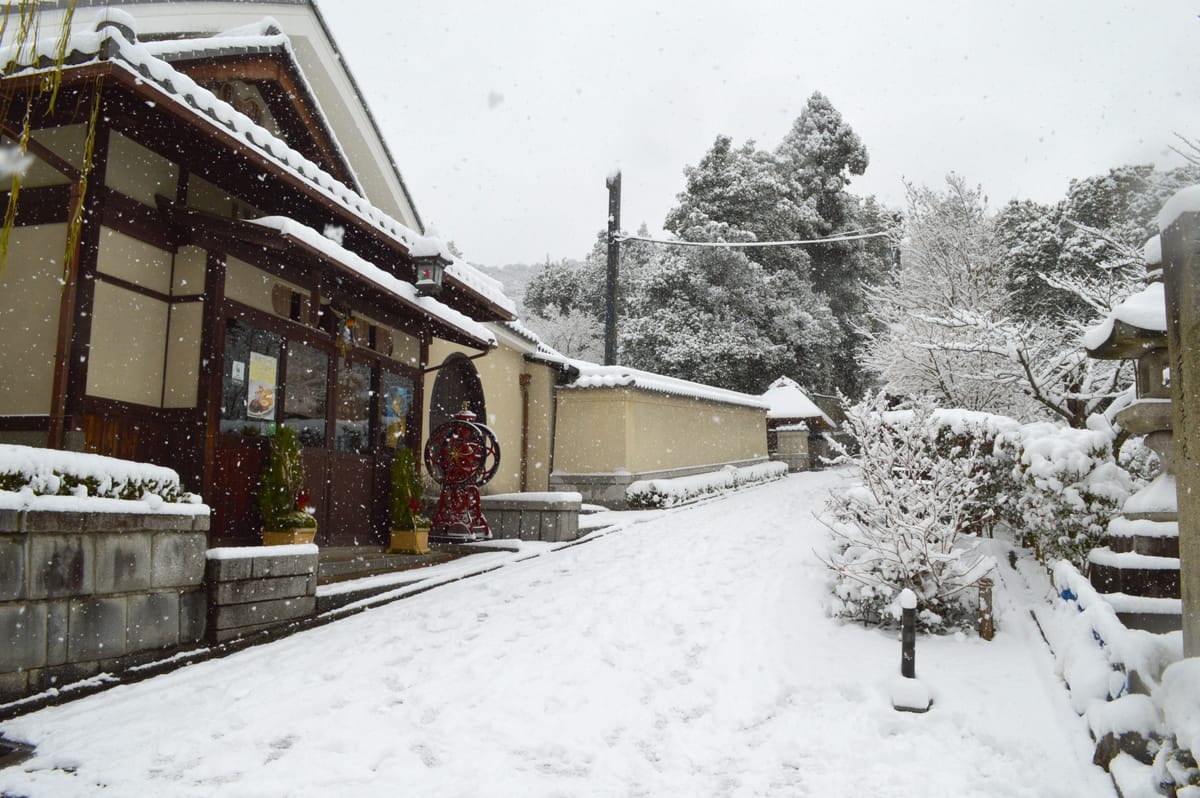
Table of Contents
・Traditional Events in Kyoto in January 2025
・Gourmet Events in Kyoto in January 2025
Traditional Events in Kyoto in January 2025
January in Kyoto is rich in traditional events celebrating the New Year. Various New Year's events that have been passed down since ancient times color Kyoto during this period.
Hatsumode (January 1-7, 2025)
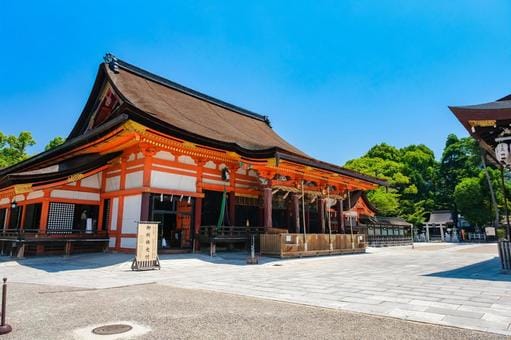
Hatsumode is a traditional Japanese custom of visiting a shrine or temple for the first time in the New Year to pray for safety and peace for that year. Every year, I visit Kyoto's shrines with my friends and family, keeping my New Year's resolutions close to my heart.
For hatsumode, many people mainly go to shrines, but some also visit temples. When visiting, we throw in a coin offering, ring the bell, and pray with our hands together. Drawing omikuji fortunes and purchasing amulets or talismans are also part of the fun of hatsumode.
While Kyoto has many famous shrines, Yasaka Shrine and Fushimi Inari Taisha are particularly popular spots for hatsumode. Personally, I also like the atmosphere of smaller shrines bustling with locals.
There are no strict rules about when to do hatsumode, but many shrines allow visitors to start praying from 12:00 AM on January 1st.
I recommend early morning visits as they have a special atmosphere. However, famous shrines can have long queues, so I suggest allowing plenty of time for your visit.
Miyako Seven Lucky Gods Pilgrimage (January 1-31, 2025, as planned)
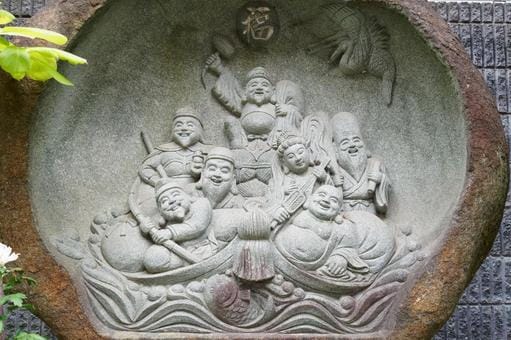
The Miyako Seven Lucky Gods Pilgrimage is an event where you visit seven temples in Kyoto city that enshrine the Seven Lucky Gods. The Seven Lucky Gods are deities believed to bring happiness, prosperity, and longevity, and are very popular in Kyoto's traditional beliefs.
The seven temples to visit are Ebisu Shrine and Rokuhara Mitsuji Temple in Higashiyama Ward, Matsugasaki Daikokuten and Sekizan Zen-in in Sakyo Ward, To-ji Temple in Minami Ward, Kawaramachi Kakocho in Nakagyo Ward, and Manpukuji Temple in Uji City.
As these temples are scattered throughout Kyoto City, it might be a bit challenging to visit them all. However, you can enjoy the unique atmosphere and architectural styles of each temple, offering a wonderful opportunity to experience Kyoto's diverse charms all at once.
Conveniently, a regular sightseeing bus operates throughout January each year to cover these distant locations. The bus fare is 12,500 yen.
I've used this bus before and found it to be an efficient way to make the rounds, giving me a sense of touring all of Kyoto at a reasonable price.
Karuta Beginning Ceremony at Yasaka Shrine (January 3, 2025)

The Karuta Beginning Ceremony at Yasaka Shrine is a traditional event held every year on January 3rd. This event celebrates the New Year through the traditional culture of "karuta," and I was captivated by its unique atmosphere when I participated once.
Karuta is a traditional card game where a reader recites the first half of a poem, and players compete to grab the card with the corresponding second half. The Karuta Beginning Ceremony at Yasaka Shrine celebrates the start of karuta play using the Hyakunin Isshu, a collection of poems that has continued since the Heian period.
During the ceremony, karuta cards are first offered to the deity. Then, a karuta competition is held. I find the serious expressions of the competitors and their quick movements very exciting to watch. It's a precious opportunity to witness Kyoto's traditional culture living on in the modern day.
The start time for 2025 is yet to be determined, but in 2024 it was held from 1:00 PM on January 3rd. Spectating is free, so I encourage you to visit if you can.
<Information>
Date: January 3, 2025
Access: From Kawaramachi Station on the Hankyu Line or Gion-Shijo Station on the Keihan Line, walk east along Shijo Street for about 5-10 minutes
Admission: Free
Website
Archery Ritual (Musha Shinji) at Kamigamo Shrine (January 16, 2025)
Source: Soda Kyoto Ikou
The archery ritual (Musha Shinji) at Kamigamo Shrine is a traditional ceremony held every year on January 16th. This ritual is performed to ward off evil and pray for a good harvest, with the ceremony of shooting arrows at its center.
I attended this ritual for the first time last year and was deeply impressed by its solemn atmosphere and traditional procedures.
During the ritual, archers dressed as warriors line up and take turns shooting arrows at targets. I find the serious expressions of the archers and the tension as they draw their bows very moving. The audience watches quietly, enveloped in a solemn atmosphere.
This ritual is a precious opportunity symbolizing the connection between Japanese martial arts culture and Shinto. It's a very interesting event where the techniques and spirituality of kyudo (Japanese archery) merge with the ceremonial nature of Shinto rituals.
<Information>
Date: January 16, 2025
Access: Take the Karasuma Line to Kitaoji Station, then transfer to City Bus Route 37. Get off at the "Kamigamo Misono-bashi" bus stop (about 3 minutes walk)
Admission: Free
Website
Yutate Kagura at Jonangu Shrine (Planned for January 20, 2025)
Source: Soda Kyoto Ikou
The Yutate Kagura at Jonangu Shrine is a traditional event held every January. This ritual is performed to pray for health and a good harvest, and I was overwhelmed by its mystical atmosphere when I participated once.
The central part of the ritual is the ceremony of offering the steam from boiling water in a large cauldron to the deities. The sight of the rising steam creates a mystical scene as if communicating with the gods.
Furthermore, I found the sight of shrine maidens performing beautiful kagura dances as an offering to the gods to embody the beauty of Kyoto's traditional culture.
The date for this event is not fixed, but in recent years it has often been held around 3:00 PM on January 20th.
Spectating is free, so I encourage you to visit if you can. It's a precious opportunity to see a traditional Japanese ritual up close.
<Information>
Date: Planned for January 20, 2025
Access: Take the Karasuma Line to Takeda Station, then take the Kyoto City Bus South 3 or Special South 3 (bound for Jonangu) from the Takeda Station West Exit. Get off at the Jonangu Higashiguchi bus stop (about 10 minutes), then walk about 5 minutes.
Admission: 1,000 yen
Website
Gourmet Events in Kyoto in January 2025
In January, Kyoto offers not only traditional events but also unique food culture experiences. Events are held where you can enjoy special dishes celebrating the New Year and traditional drinks wishing for good health, all unique to Kyoto.
Obukucha at Rokuhara Mitsuji Temple (January 1-3, 2025)
Source: Soda Kyoto Ikou
In Kyoto, there's a custom of drinking tea with small plums and knotted kelp from January 1st to 3rd, wishing for good health throughout the year.
This tea is called "obukucha" (imperial tea). At Rokuhara Mitsuji Temple, this tea is served to visitors during this period.
When I drink this tea, the sourness of the small plum and the umami of the kelp spread in my mouth, allowing me to feel the freshness of the New Year.
The serving of obukucha at Rokuhara Mitsuji Temple usually takes place from 9:00 AM to around 4:30 PM from January 1st to 3rd each year.
The tea costs 300 yen per person and can be enjoyed in the solemn atmosphere of the temple.
<Information>
Date: January 1-3, 2025
Access: About a 15-minute walk from Kawaramachi Station on the Hankyu Line or Gion-Shijo Station on the Keihan Line.
Admission: Entry 600 yen, Tea 300 yen
Website
Wakana Sekkusai at Saiin Kasuga Shrine (January 7, 2025)
Source: Soda Kyoto Ikou
The Wakana Sekkusai at Saiin Kasuga Shrine is a traditional event to pray for health and safe travels. This festival celebrates the beginning of the New Year and has the meaning of wishing for health and safety throughout the year.
The central part of the festival is the serving of wakana-gayu (young greens porridge). Wakana-gayu is a porridge cooked with young greens picked in the New Year, and eating it is believed to wish for good health throughout the year.
Young greens are believed to contain the vitality of spring, and it's thought that by ingesting them, one can maintain good health.
The ceremony begins around 10:00 AM on January 7th. After a solemn prayer by the Shinto priests, wakana-gayu is served to visitors around 11:00 AM. When I tasted the porridge, I felt the freshness of the New Year spreading throughout my body along with the refreshing aroma of the young greens.
This shrine is also known as a place to pray for safe travels. For a travel enthusiast like me, it's a good opportunity to pray for safe journeys throughout the year by visiting here in the New Year.
Wakana-gayu is served for 300 yen per person, but it's limited in quantity and ends when it runs out. When I visited, there was already a line formed even though I arrived early. So, I recommend arriving as early as possible.
<Information>
Date: January 7, 2025
Access: Get off at Saiin Station on the Hankyu Kyoto Main Line and walk about 5 minutes.
Admission: 300 yen per person for wakana-gayu
Website
January in Kyoto can be a harsh cold period, but including this coldness, you can enjoy the atmosphere of winter in Japan. I recommend wrapping yourself in warm clothes and slowly walking through the streets of Kyoto while visiting these events.
I hope that spending January, the beginning of the new year 2025, in Kyoto will make your trip special!
If you are interested in Kyoto Winter, check the article below! I summarized how and where you can enjoy Kyoto Winter as much as possible.



